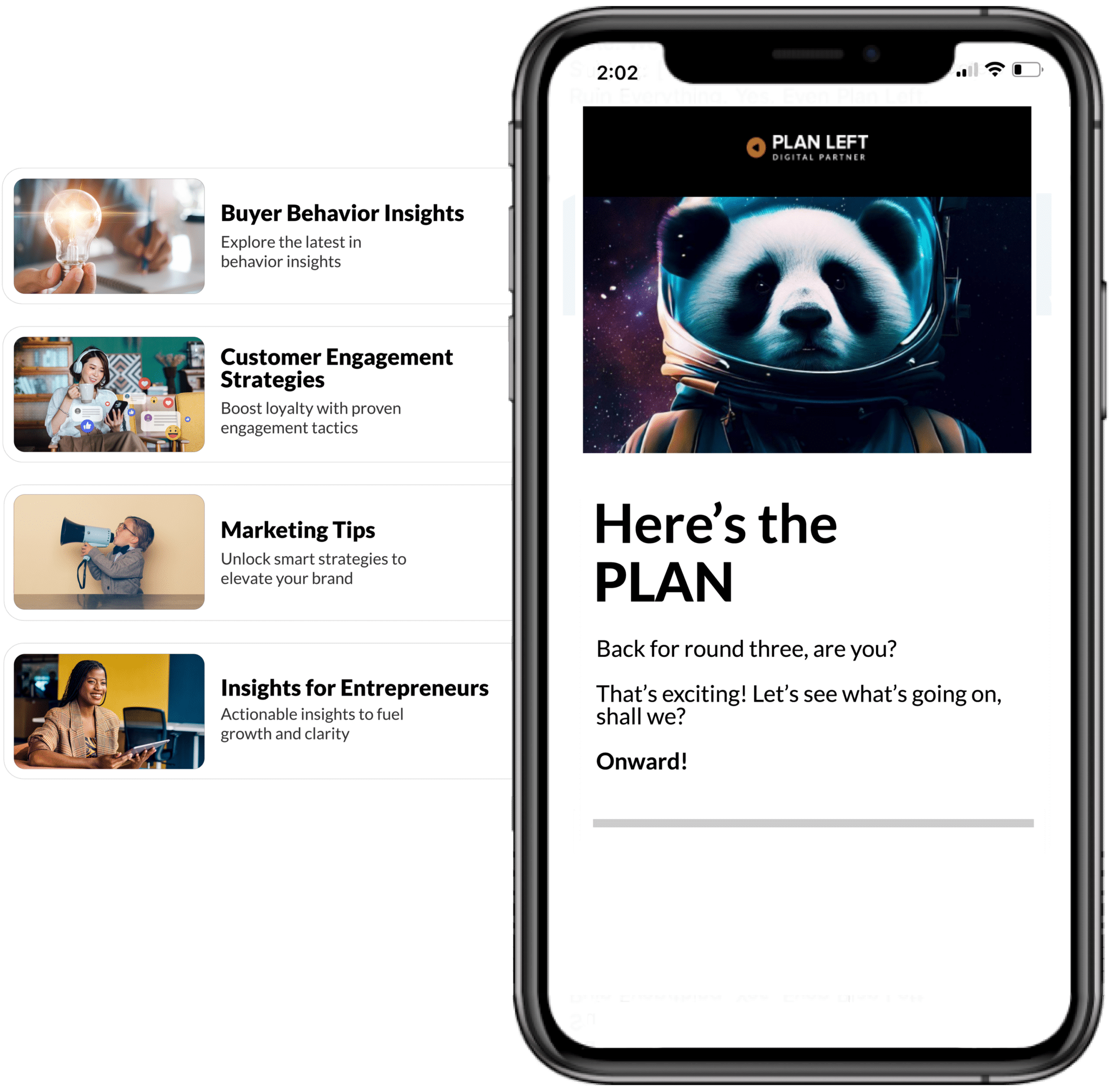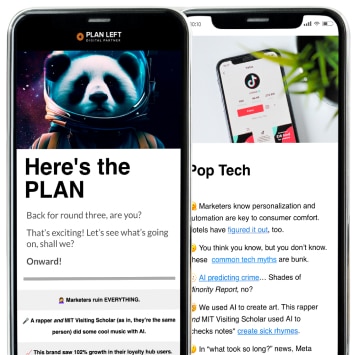
ADA website lawsuits have surged from a legal afterthought to a business-critical concern that’s reshaping how companies approach digital accessibility. What began as scattered litigation has evolved into a sophisticated legal landscape where precedent-setting cases now dictate compliance standards and risk management strategies for businesses across every industry.
The Rising Tide of ADA Website Lawsuits
Digital accessibility litigation has experienced explosive growth over the past decade, transforming from isolated incidents into a systematic wave of legal action. Federal courts have seen ADA website lawsuits increase by over 400% since 2018, with thousands of businesses facing legal challenges for failing to provide accessible online experiences.
The trend reflects a fundamental shift in how courts interpret the Americans with Disabilities Act’s application to digital spaces. While the ADA predates widespread internet adoption, legal precedents have consistently expanded its scope to encompass websites, mobile applications, and other digital touchpoints that serve as gateways to goods and services.
Certain industries have become primary targets for ADA website lawsuits, particularly retail, hospitality, healthcare, and financial services. These sectors face heightened scrutiny because their websites directly facilitate commerce and essential services. However, the legal risk extends far beyond obvious targets – professional services firms, educational institutions, and even small local businesses have found themselves defendants in accessibility lawsuits.
The increasing legal scrutiny stems from both growing awareness among disability rights advocates and the development of systematic approaches to identifying non-compliant websites. Plaintiff attorneys now use automated scanning tools to identify potential violations, creating a more efficient pathway to litigation that has accelerated case volume significantly.
Landmark Legal Cases That Redefined Web Accessibility
Several precedent-setting lawsuits have fundamentally shaped current web accessibility compliance standards, establishing legal principles that continue to guide court decisions and business strategies.
The Target Corporation case in 2006 marked a watershed moment for digital accessibility law. The National Federation of the Blind sued Target for operating an inaccessible website that prevented blind users from making purchases. The case resulted in a $6 million settlement and established that major retailers must provide accessible online experiences equivalent to their physical stores. This precedent demonstrated that web accessibility compliance extends beyond good intentions to become a legal requirement with substantial financial consequences.
Domino’s Pizza faced a pivotal case in 2019 that reached the Supreme Court, though the high court declined to hear the appeal. The Ninth Circuit Court of Appeals ruled that Domino’s website and mobile app must be accessible to visually impaired customers, rejecting the company’s argument that the ADA doesn’t apply to digital platforms. This decision reinforced that businesses cannot ignore web accessibility simply because specific technical standards aren’t explicitly mandated by federal law.
The Netflix accessibility lawsuit brought attention to multimedia content compliance. The National Association of the Deaf sued Netflix for failing to provide closed captions on streaming content, resulting in a settlement requiring comprehensive captioning across the platform. This case expanded accessibility requirements beyond traditional website elements to encompass video content and streaming services.
These landmark cases established several key legal principles: websites serving as gateways to goods and services fall under ADA jurisdiction, businesses cannot claim ignorance of accessibility requirements, and courts will impose substantial financial penalties for non-compliance. The precedents also clarified that accessibility compliance is an ongoing obligation rather than a one-time fix.
Financial and Reputational Risks of Non-Compliance
ADA website lawsuits carry substantial financial implications that extend far beyond initial legal fees. Settlement amounts typically range from $10,000 to $75,000 for smaller businesses, while major corporations face settlements exceeding $100,000. However, these direct costs represent only a fraction of the total financial impact.
Hidden costs associated with non-compliance include ongoing legal fees, which can accumulate rapidly during extended litigation. Businesses often spend months or years in legal proceedings, with attorney fees frequently exceeding settlement amounts. Additionally, court-mandated accessibility remediation requires significant technical investment, often involving complete website redesigns and ongoing compliance monitoring.
The reputational damage from ADA website lawsuits can prove even more costly than financial penalties. Public litigation creates negative publicity that positions businesses as exclusionary or insensitive to disability rights. This perception can lasting damage brand reputation, particularly among younger consumers who prioritize corporate social responsibility.
Customer trust erosion represents another significant hidden cost. When accessibility lawsuits become public, they signal to potential customers that a business doesn’t prioritize inclusive experiences. This perception can drive customers toward competitors who demonstrate stronger commitment to accessibility and inclusion.
Beyond immediate financial and reputational consequences, non-compliance creates ongoing legal vulnerability. Businesses that face one accessibility lawsuit often become targets for additional legal action, as plaintiff attorneys recognize previously non-compliant companies as likely to have systemic accessibility issues requiring continued legal pressure.
Proactive Strategies to Mitigate Legal Risks
Smart businesses are shifting from reactive compliance to proactive accessibility strategies that minimize legal exposure while creating competitive advantages. Comprehensive accessibility auditing forms the foundation of effective risk mitigation, involving systematic evaluation of websites against established guidelines like WCAG 2.1 AA standards.
Professional accessibility audits go beyond automated scanning tools to include manual testing by accessibility experts and users with disabilities. This multi-layered approach identifies both technical violations and real-world usability barriers that could trigger legal action. Regular auditing schedules ensure that accessibility compliance keeps pace with website updates and evolving legal standards.
Continuous monitoring and improvement represent essential components of sustainable accessibility strategies. Rather than treating compliance as a one-time project, forward-thinking businesses implement ongoing processes that maintain accessibility standards as websites evolve. This includes staff training, development workflow integration, and regular compliance assessments that prevent accessibility debt from accumulating.
Building an inclusive digital strategy transforms accessibility from a legal obligation into a business opportunity. Companies that embrace accessibility as a core design principle often discover that accessible websites provide better user experiences for all visitors, not just those with disabilities. This approach can improve search engine optimization, mobile usability, and overall site performance while reducing legal risks.
The most effective accessibility strategies combine technical compliance with genuine commitment to inclusive design. This means involving users with disabilities in testing processes, training development teams on accessibility principles, and creating organizational culture that values inclusion. Such comprehensive approaches not only minimize legal risks but also position businesses as leaders in corporate social responsibility.
Turning Compliance into a Competitive Advantage
Rather than viewing ADA website compliance as merely a legal burden, visionary businesses are reframing accessibility as a strategic opportunity that drives innovation and market differentiation. This perspective shift transforms potential legal liability into sustainable competitive advantage.
Accessible design principles often improve website usability for all users, creating better customer experiences that drive engagement and conversions. Features like clear navigation, readable fonts, and logical page structures benefit everyone, not just users with disabilities. Companies that prioritize accessibility frequently see improvements in user satisfaction metrics, time-on-site, and conversion rates.
The strategic value of inclusive digital experiences extends to market expansion opportunities. By creating accessible websites, businesses tap into the significant purchasing power of the disability community, which represents a market segment often overlooked by competitors. This demographic, along with their families and support networks, controls substantial discretionary spending that accessible businesses can capture.
Progressive companies are discovering that strong accessibility commitments enhance their employer brand and attract top talent who value working for socially responsible organizations. In competitive job markets, demonstrating genuine commitment to inclusion through accessible digital experiences can differentiate employers and support recruitment efforts.
Web accessibility compliance also positions businesses advantageously for future regulatory changes. As governments worldwide strengthen digital accessibility requirements, companies with established compliance programs will adapt more easily to new regulations while competitors scramble to achieve basic compliance.
The legal landscape surrounding ADA website lawsuits will continue evolving, but the trajectory clearly favors businesses that embrace accessibility as both a legal requirement and strategic opportunity. By understanding legal precedents, implementing proactive compliance strategies, and reframing accessibility as competitive advantage, business owners can transform potential legal liability into sustainable market differentiation that serves customers, employees, and stakeholders while protecting against digital accessibility legal risks.
Explore Latest Posts
Breaking Free from Marketing Silos: Why Community Matters for Business Growth Every entrepreneur knows the weight of making decisions alone. ... read more
December 11, 2025
A Step-By-Step Approach to Breaking Free from Generic Marketing Enterprise marketing leaders face the challenge of standing out among countless ... read more
December 9, 2025
The constant tug-of-war between strategic vision and operational demands defines the modern CEO experience. While your company's future depends on ... read more
December 4, 2025
Essential Strategies for Entrepreneurs
Get Actionable Business Insights & Marketing Tips
Our newsletter delivers real-world strategies from entrepreneurs who’ve been exactly where you are.
Sign up now for:
- Actionable growth strategies that work
- Insider tactics for attracting top talent
- Real-world case studies from successful founders
- Emerging tech trends that drive innovation
- Pragmatic marketing approaches for visionary leaders




